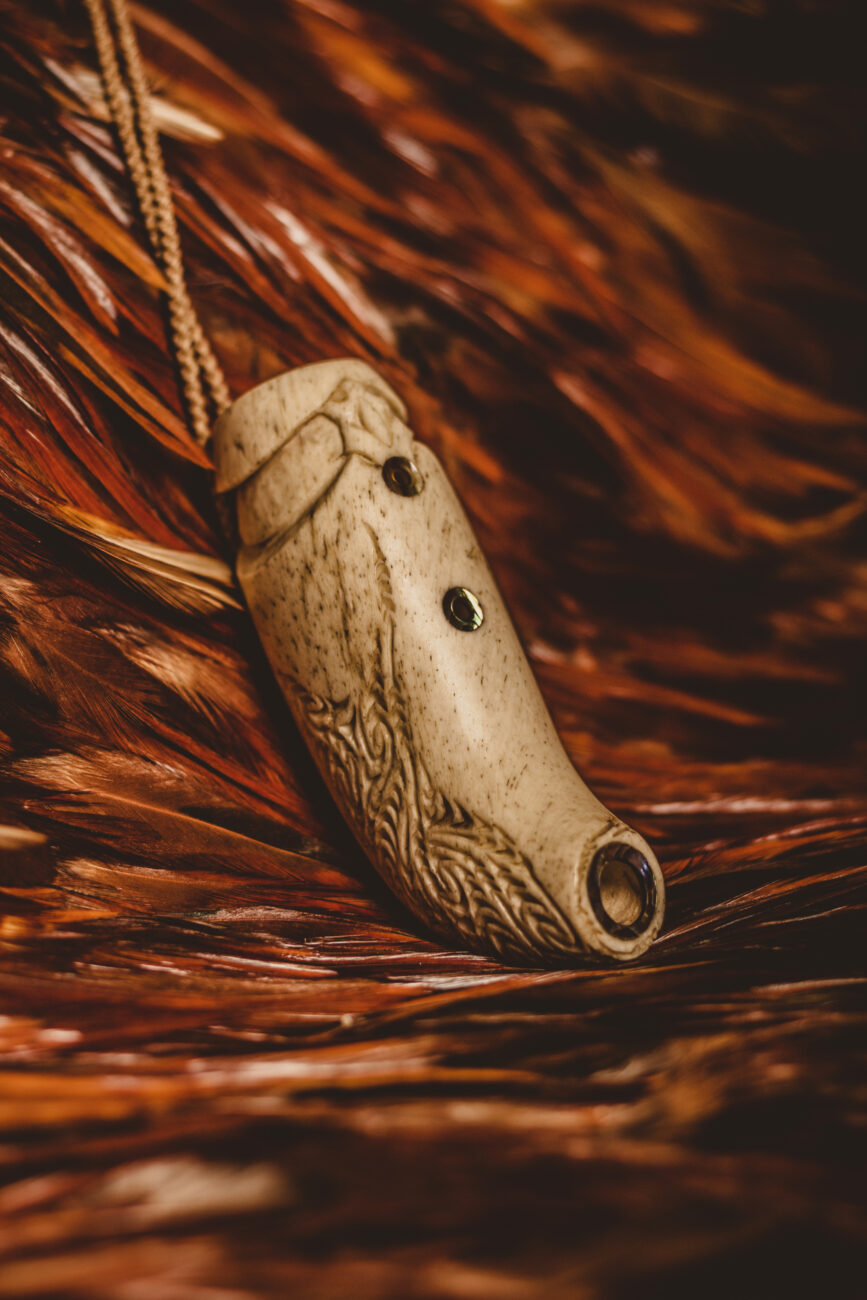APO's Joshua Clark interviewed taonga puoro expert Jerome Kavanagh and award-winning composer Salina Fisher ahead of their collaboration for The New Zealand Herald Premier Series: In The Elements.
It’s exciting to witness two incredible musicians leading the way in a new modality that is important for the growth of our national identity. What unique challenges and opportunities do you both anticipate when blending taonga puoro with an orchestra?
JK: Kia ora ra! Thank you. From my perspective the biggest challenge is balancing volume between the orchestral instruments and the voices of our taonga puoro. We will be amplified though, so fingers crossed the sound engineer will be able to rise to the challenge.
SF: I’m very excited for this unique opportunity to hear the many different voices of taonga puoro blended with full orchestra. I’ve been dreaming of the combination of these sound-worlds for a while now, and it's amazing to think it will all come to life so soon! From a compositional perspective, it has been a unique challenge and opportunity to blend notated and non-notated forms of music. There will be very specific cues throughout the piece for everything to line up.
Jerome, can you tell us a bit about which taonga you will be playing for this performance and why?
JK: I will be playing 19 different taonga puoro in this piece, ranging from nguru (whales-tooth nose flute) and porutu pounamu (greenstone flute) to putorino and putaatara. As far as I know this is the most extensive use of taonga puoro in an orchestral composition that has ever been created. It is a world first and includes rarely heard taonga like roria and koauau karengo. They have been chosen to support our kaupapa of Papatūānuku and show that these voices connect to each other, back to Papatūānuku/Ranginui and everything in between.
Salina, can you describe some of the orchestration techniques you use, to help our audience understand how you create these seemingly unearthly soundscapes?
SF: The approach I’ve taken with the orchestration in this piece is to consistently centre the puoro. The entire orchestral part is written around, and in response to, recordings of Jerome’s taonga puoro that we made together. As well as transcribing them all, I spent time improvising with them with an orchestra in mind. I’ve tried to keep that improvisational feel in finding orchestral textures and harmonies that feel most natural in the way that they support each taonga, as well as ways of shifting organically between them. Many of the textures involve layers of sound inspired by breath.


